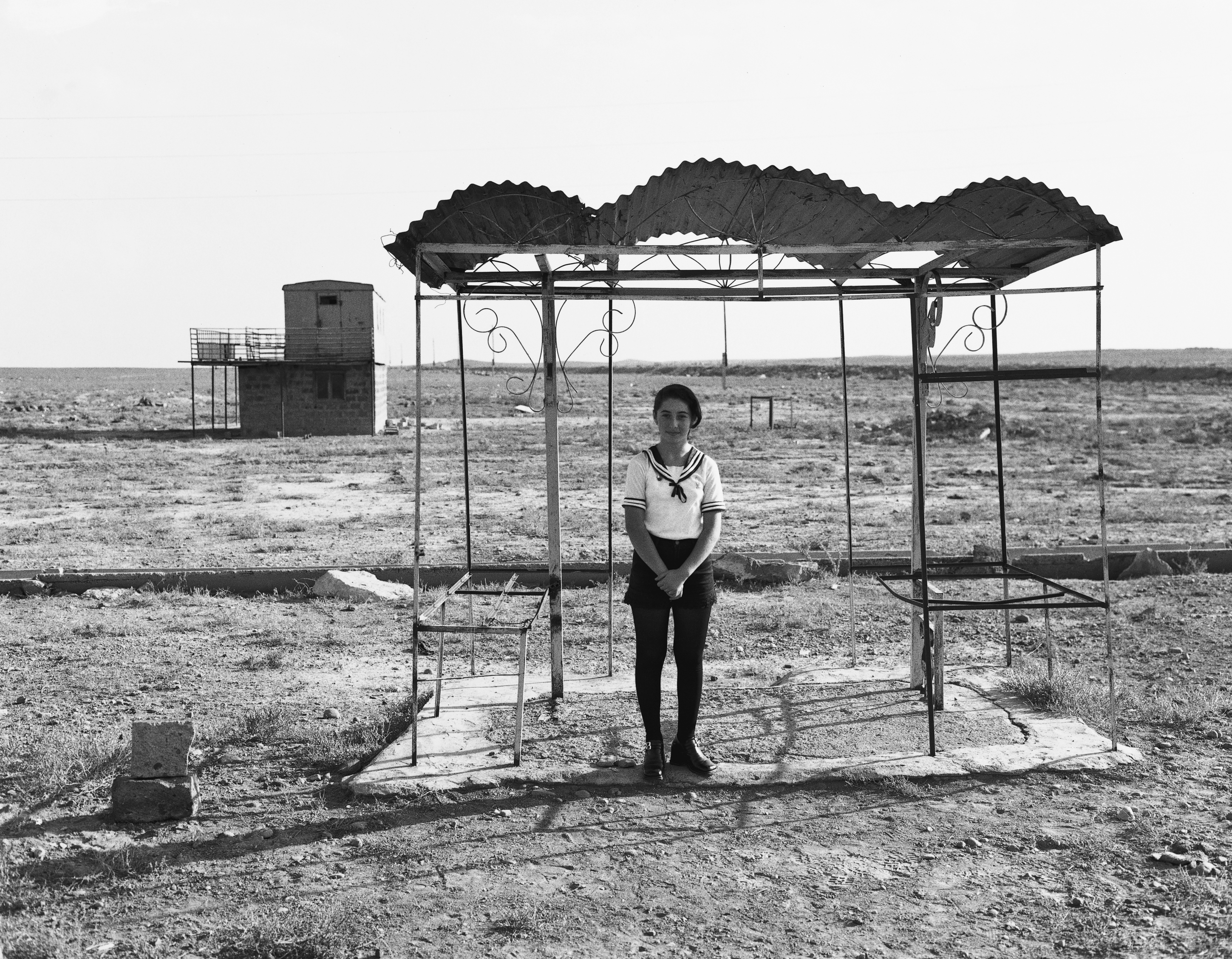Project : Research, Time Matters
ACTIVE CALLProject : Research

Project : Research, Time Matters ACTIVE CALLProject : Research
Deadline May 31, 2024
Issue02
Topic
Time Matters
Theme Editors
Elli Mosayebi
Reto Geiser
Time is the forgotten dimension of architecture. Our perception and understanding of space are defined by time, and yet architects rarely consider this dimension in the design process. In the disciplinary discourse, time is either treated as a myth of the past or as a progressive vision of the future, but it tends to be overlooked as the dimension that shapes the nature of all the processes that define a project.
Architecture embodies duration and time like no other discipline. Spaces and their use, materials and their application, or building assemblies and their architectural expression are physical representations of their time. The built environment has the potential to endure for centuries and to become a depository of knowledge—encompassing cultural techniques, the availability of resources, the aesthetic preferences of architects, builders, and clients, etc.—transcending time from the past to the present and vice versa.
As materialised space, architecture can structure our sense of time. It shapes visceral experiences and deepens the perception of the present accordingly. From the private room to the public square, the morphology of the architectural plan choreographs the flow of everyday life through space and time. The aging of material attests to its extraction, fabrication, use, and also its environmental abrasion. Both examples generate points of reference where everyday life can be embraced and identities created.
We once believed that the older the building, the longer it would last. More recent construction, however, suggests the opposite. Once completed, buildings are frequently already out of their own time. From unsustainable construction methods and building materials to excessive use and deferred maintenance, to accelerated shifts in programmatic needs (among other contributing factors), the latest visions of the future are aging far too rapidly. At the same time, cyclical concepts of time have gained traction in the context of construction. Yet with materials lasting longer than their original constructions and slated to be reused in other contexts after their initial use, developers and the construction industry anticipate great profit in the ever-shorter life cycles of the built environment, as buildings can be taken apart and reassembled with growing frequency.
The architectural project has always been forward-looking. It is ideally a projection of what is yet to come. This optimistic stance, however, is increasingly challenged by economic and ecological realities that are frequently at odds. The reality of climate change forces us to rapidly adapt current building processes and to embrace unprecedented time scales—both in terms of immediacy, as well as constancy. The linear concept of time that bridges the past and future and is shaped by progress and growth is called into question. We need renewed ideas of temporal processes that are shaped by time, one that does not elapse, is not consumed, or completed but rather in constant renewal and perhaps even enhanced.
All of this suggests that the non-linearity of time is a challenging dimension to grasp and incorporate into a discipline that is historically defined by permanence. How would architectural projects change if time became the focus of the design? How can a fluid dimension like time be integrated into the design process? How can the life cycles of a building, shifts in use or occupation be anticipated? How does the relationship between construction, reuse, repair, and destruction affect architectural production? Are permanence and ephemerality opposites or can they be understood as two parallel markers of time? What approaches, both theoretical and in the form of projective practice, are conceivable?
Project : Research invites contributions in the categories of Project Essays, Full Articles, and Time(ly) Conversations.
Project Essays, essays are driven by visual material including, but not limited to, drawings, collages, renderings, photographs, models, etc. reflecting time matters. They will be accompanied by extended captions and introduced by a short opening essay of no more than 1,000 words. We are particularly interested in projects that demonstrate or challenge the impact of time on design.
In the category of Full Articles, we seek scholarly essays that theorise dimensions of time matters, reflecting their relevance for the architectural discourse or contextualizing them within the history of architectural practice. Essays may range from 3,000 to 5,000 words and can be accompanied by supporting visual material.
Time(ly) Conversations dwell on the format of oral history. We wish to engage architects, urbanists, historians, theorists in a direct conversation on time. Intergenerational conversations are particularly welcome. Heavily edited conversation transcripts should be no longer than 3,000 words.
More informations